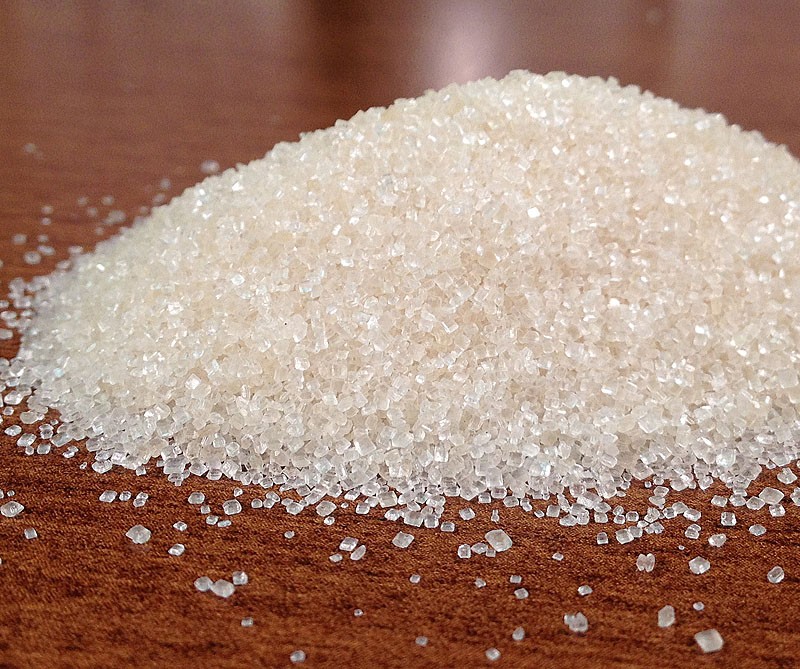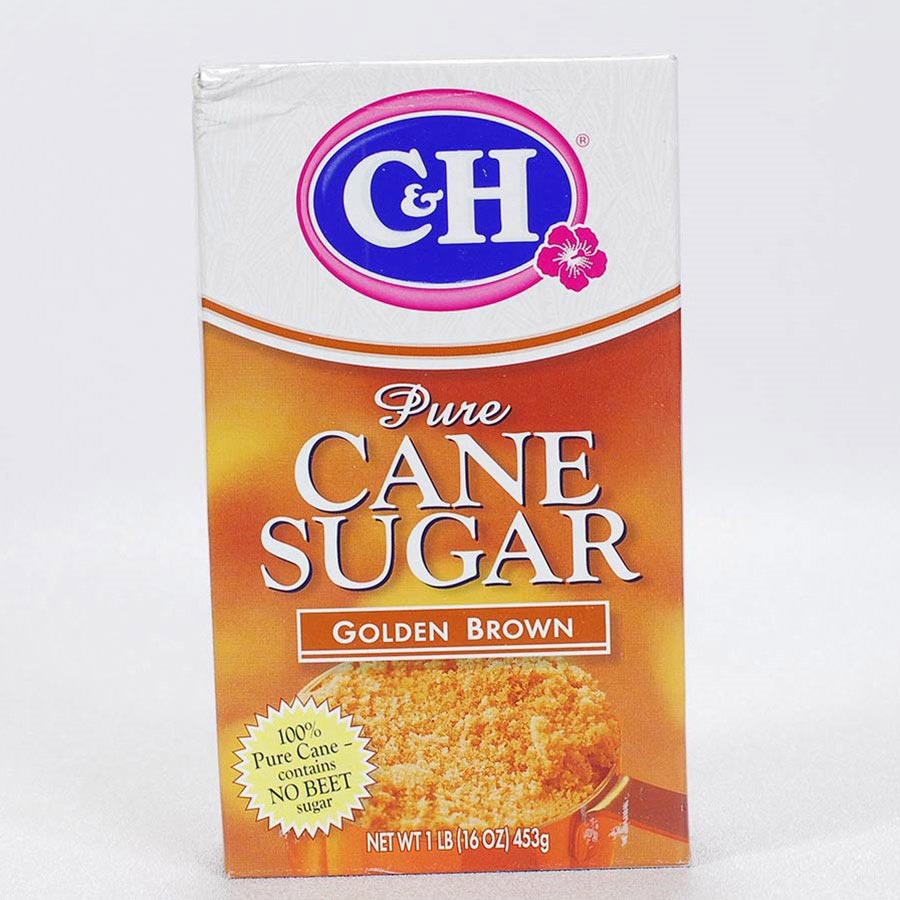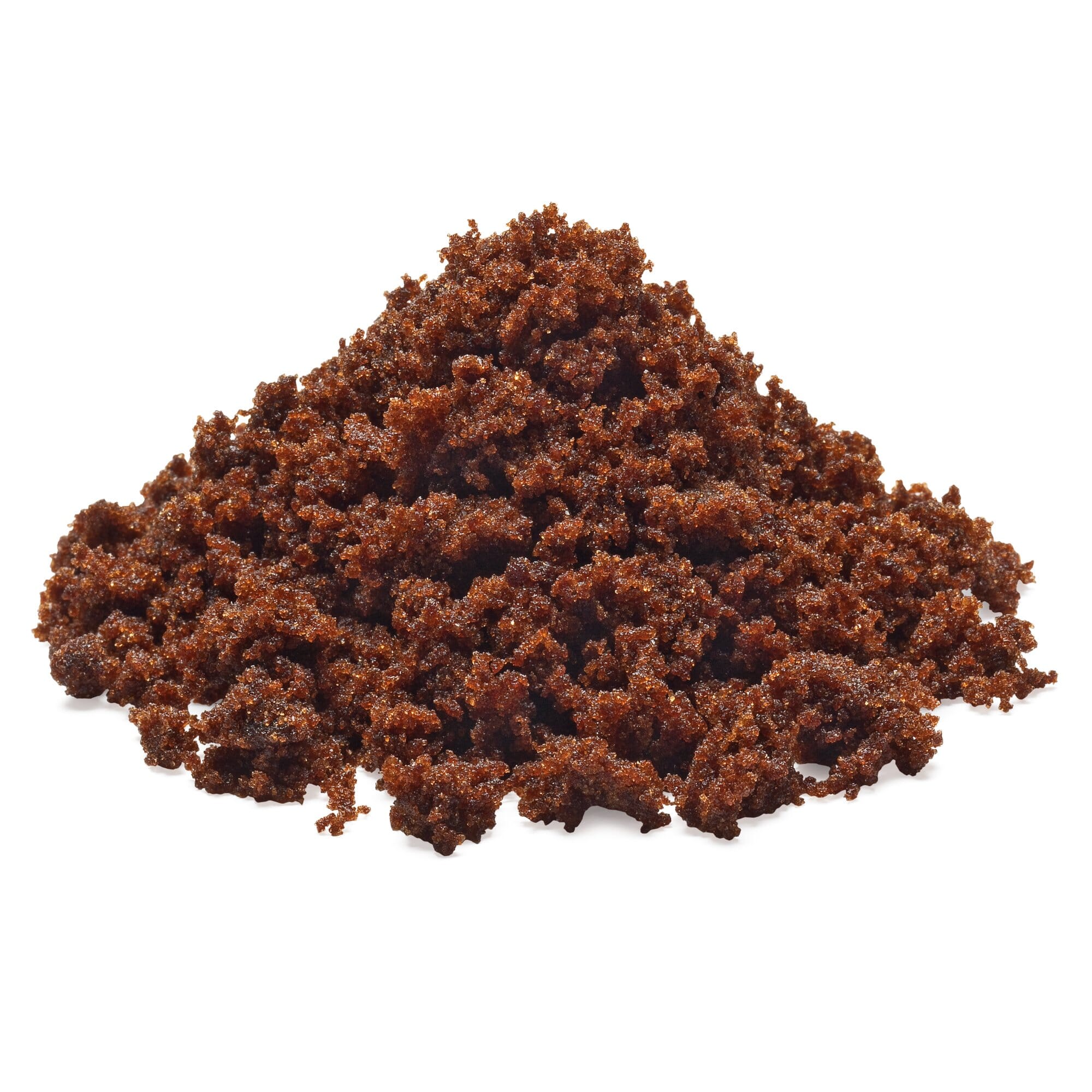Exploring the Comprehensive Tips Entailed in Walking Cane Sugar Handling From Gathering to Refinement
The process of walking stick sugar production encompasses a collection of detailed actions, beginning with the cautious harvesting of sugarcane and culminating in the refinement phases that make certain the last item satisfies industry criteria. Each stage, from the extraction of juice to the purification and crystallization procedures, plays an essential role in determining the top quality and personality of the sugar. Comprehending these stages not just highlights the complexity of sugar manufacturing however also raises critical inquiries regarding efficiency, sustainability, and innovation in the sector. What effects do these aspects have for future methods?
Gathering Sugarcane
Collecting sugarcane is a crucial action in the cane sugar processing chain, as it directly affects the top quality and return of the end product. Appropriate timing and methods are vital during this phase to ensure optimal sugar content and minimize losses. Generally, sugarcane is harvested when it gets to maturation, normally 12 to 18 months after planting, defined by a high sucrose concentration.

Post-harvest, the sugarcane needs to be refined swiftly to stop sucrose degradation. Preferably, collected cane must be transferred to processing centers within 24 hours to preserve sugar high quality. Therefore, efficient logistical preparation is crucial to preserve the stability of the collected plant throughout the supply chain.
Removal Process

The smashed walking cane undergoes a series of pressing operations to optimize juice healing. Usually, warm water is sprayed onto the smashed walking cane, creating a countercurrent circulation that aids dissolve the sugar while also aiding in the removal process. The juice collected from this procedure consists of not only sugar but additionally different organic substances and pollutants.

To boost extraction efficiency, some centers may use diffusion approaches, where the sugarcane is taken in warm water, enabling the soluble sugars to diffuse into the fluid. The resulting juice, rich in sucrose, is after that directed to succeeding processing phases, laying the foundation for filtration and refinement. The removal process is hence essential in determining the top quality and yield of the last sugar product.
Filtration Techniques
The filtration techniques used in cane sugar handling are vital for changing the raw juice right into a top notch sugar product. These approaches mainly intend to remove contaminations, such as dirt, plant products, and not natural compounds, which can negatively affect the end product's flavor and shade.
This process involves adding lime and warm to the raw juice, which assists in the coagulation of contaminations. In addition, the use of phosphoric acid can enhance the information process by additional binding impurities.
Another considerable method is carbonatation, where carbon dioxide is introduced to the cleared up juice. This reaction creates calcium carbonate, which catches continuing to be contaminations and advertises their elimination.
Moreover, triggered carbon treatment may be related to adsorb any remaining colorants and organic contaminations, guaranteeing a more refined item. The mix of these techniques efficiently prepares the sugar juice for subsequent steps in the refining procedure, establishing the stage for the production of high-grade walking cane sugar.
Condensation Techniques
After the purification phase, the following crucial step in cane sugar processing entails formation approaches, which play a critical function in transforming the made clear juice into solid sugar. This process i thought about this usually employs two main techniques: spontaneous crystallization and regulated crystallization.
In spontaneous condensation, supersaturated sugar solutions are allowed to cool down normally, leading to the development of sugar crystals over time. This method enables for the consistent development of sugar crystals and higher purity.
Throughout formation, the clarified juice is concentrated with dissipation, increasing its sugar material up until it gets to supersaturation. Once this point is accomplished, either approach can promote the crystallization process. Cane Sugar Processing. The resultant sugar crystals are then separated from the staying syrup with centrifugation
Eventually, the option of formation approach impacts the high quality, dimension, and purity of the last sugar item, making this step essential in the general walking stick sugar processing treatment.
Improvement and Product Packaging
Just how can the purity and quality of walking cane sugar be better boosted after formation? The improvement procedure plays a crucial role in achieving high-grade walking cane sugar. Adhering to crystallization, sugar goes through an extensive washing to remove pollutants and residual molasses. This is generally completed using warm water or heavy steam, which aids liquify and draw visit this website out unwanted components while maintaining the sugar crystals.
Following, the sugar undergoes a process called centrifugation, where it is spun at broadband to divide the cleansed sugar crystals from the remaining fluid. After centrifugation, the sugar is often additional refined with an approach called carbonization or phosphatation, which uses turned on carbon or phosphoric acid to eliminate color and off-flavors.
As soon as fine-tuned, the sugar is dried to accomplish the desired wetness content, making certain that it stays stable throughout storage and transportation. The last step involves packaging the polished sugar in moisture-proof and closed containers to keep its top quality and protect against contamination. Cane Sugar Processing. Appropriate packaging not just extends life span but likewise facilitates very easy handling and distribution, ensuring that consumers get sugar that meets the highest possible standards of pureness and top quality
Verdict
The extensive steps associated with walking cane sugar handling, from the careful harvesting of sugarcane to the complex refinement and packaging phases, underscore the value of each stage in ensuring top notch sugar manufacturing. Optimum harvesting strategies, effective removal methods, and strenuous filtration processes jointly contribute to the final product's purity and security. The crystallization and succeeding packaging methods better improve the honesty and service life of the sugar, highlighting the intricacy and accuracy integral in this vital agricultural industry.
The process of cane sugar manufacturing incorporates a collection of complex steps, beginning with the careful harvesting of sugarcane and finishing in the improvement stages that guarantee the final item fulfills market standards. Ideally, collected walking cane must be delivered to refining facilities within 24 hours to preserve sugar top quality.In spontaneous crystallization, supersaturated sugar remedies are enabled to cool normally, leading to the development go to these guys of sugar crystals over time - Cane Sugar Processing. The refinement procedure plays a crucial duty in accomplishing top notch cane sugar.The thorough steps involved in walking stick sugar processing, from the meticulous harvesting of sugarcane to the complex improvement and packaging stages, highlight the value of each stage in ensuring high-grade sugar production